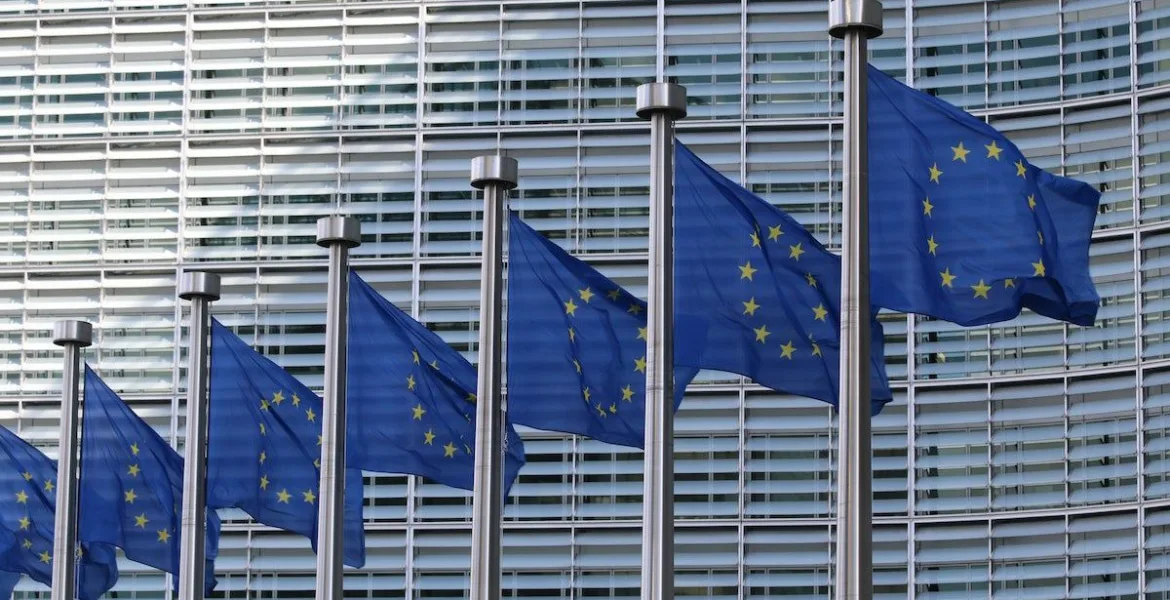The European Union’s (EU) long-delayed Entry/Exit Scheme (EES) will finally launch on October 6, 2024, according to confirmation by The Independent from Eurotunnel, the operator of the Channel Tunnel railway between France and the UK.
The EES aims to strengthen EU borders by requiring travellers from outside the bloc to provide biometric data like fingerprints each time they enter or exit.
Delayed Launch
The launch has been postponed multiple times as EU countries struggled to integrate their border systems with the central EES database.
France specifically requested postponing EES until after the 2024 Paris Olympics to avoid travel delays during the events.
Eurotunnel shared the new 2024 launch date, though EU officials have yet to confirm it.
Members will need to verify readiness in August 2024.
Biometrics Requirements to Slow Travel
The EES will replace passport stamping with an automated system to register travellers’ biometric data.
This is intended to enhance security and save border agents time but could slow travel.
Eurotunnel expects the new requirements to increase car processing time at the France-UK border from under 60 seconds to five to seven minutes per vehicle.
The company is spending €78 million to create space for travellers to exit vehicles and provide biometrics at its French and UK terminals.
Border Constraints Problematic
Accommodating the extra processing steps poses challenges, especially at the French entrance to the Channel Tunnel and the Port of Dover in the UK.
Both sites face space constraints with limited options to expand capacity.
Port of Dover CEO Doug Bannister has called the area a “brick wall”, saying vehicle queues could quickly grow to unmanageable levels.
Targeting Smooth Olympics Travel
France partially pushed the 2024 launch date to avoid disruptions during the Paris Olympics in July and August.
Thousands of visitors will enter France through ports and airports, prioritising smooth operations.
Nicolas Paulissen of the French Airports Union said France would be ready despite postponing EES.
“We will be ready, especially as we are sure now EES will start after the Olympics, even perhaps at the start of 2025.”
France has ordered 544 kiosks and 250 tablets from Thales to collect travellers' biometrics at borders.
Tests are underway in Paris before the full rollout.
Next Steps After Launch
Around six months after launching EES, the EU plans to require an additional pre-travel authorization called ETIAS (European Travel Information and Authorization System) from non-EU citizens.
ETIAS applications will also gather personal data to identify potential security threats.
ETIAS was previously slated to debut in May 2023 but has also faced delays.
No firm start date has been set, but estimates point to the first half of 2025.
The UK Role
Though no longer an EU member, the UK participated in developing EES before Brexit.
The system will apply to UK citizens travelling to EU countries, except Ireland and Cyprus.
EU officials promote EES as improving travel efficiency through automation.
However, the need for additional document checks and biometrics may outweigh any time savings from streamlining passport control alone.
Travellers will encounter the new requirements at all EU external borders, plus Switzerland, Norway, Iceland and Liechtenstein.
Only regular EU passport holders will continue crossing borders freely after the system takes effect.
Digital Nomads, Students, and Families Face New Barriers
The new EES system focuses on short-term visitors but could also impact long-term immigrants and travellers planning extended stays within the EU.
Families immigrating together must provide biometric data for every member when entering or exiting the EU.
This creates additional documentation burdens compared to the current stamping system.
Students studying abroad in Europe will encounter the same biometrics process when arriving for school and returning home on breaks.
The extra steps could frustrate students already navigating complex visa requirements.
Digital nomads and remote workers staying for months in various EU countries must give fingerprints and photos at each border.
This hassle may deter nomads from frequently moving between EU nations.
Overall, the EES adds a recurring biometrics requirement for all non-EU citizens travelling internationally, from, or within Europe.
While not a barrier to tourism and short trips, it could discourage long-term residence for third-country nationals.
New Border Controls Align With Tougher Immigration Stances
The upcoming EES launch reflects broader EU efforts to tighten external borders and limit immigration through stricter identity checks.
The new border system creates a vast biometric data database for non-EU citizens entering the region.
This expanded data collection and screening aligns with anti-immigration policies among EU member states.
For example, France, Austria, and Denmark have pushed for assessing asylum claims outside the EU and deporting more rejected applicants.
Their governments back EES as a way to better monitor and restrict immigration.
However, powerful EU members like Germany advocate more open immigration policies to fill economic needs.
They accept EES mainly as a security tool rather than an outright immigration curb.
Thus, while EES introduces uniform border controls across the EU, members retain varied approaches to managing migration and asylum.
The lasting impact on immigration rates remains uncertain.
Vigilant Security or Excessive Bureaucracy?
Supporters consider EES and ETIAS crucial to identifying potential terrorists and other security threats.
However, critics argue the systems create unnecessary hassles for lawful travellers.
EES and ETIAS provide authorities with more data to screen for risks by registering detailed personal information on all non-EU visitors.
Yet this comes at the cost of additional document checks that could hinder tourism and business travel.
The EU continues to promote free movement within the Schengen area, but some view the new border controls as undermining this freedom.
The real-world functionality of EES and its impact on travel remains to be seen after the 2024 launch.


